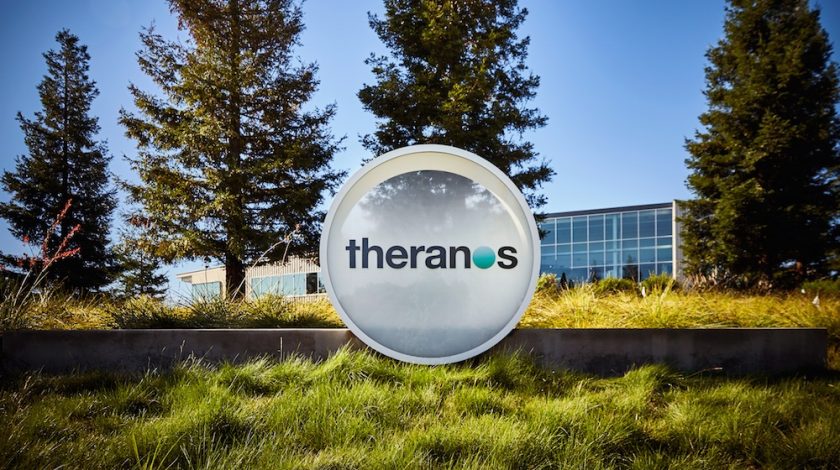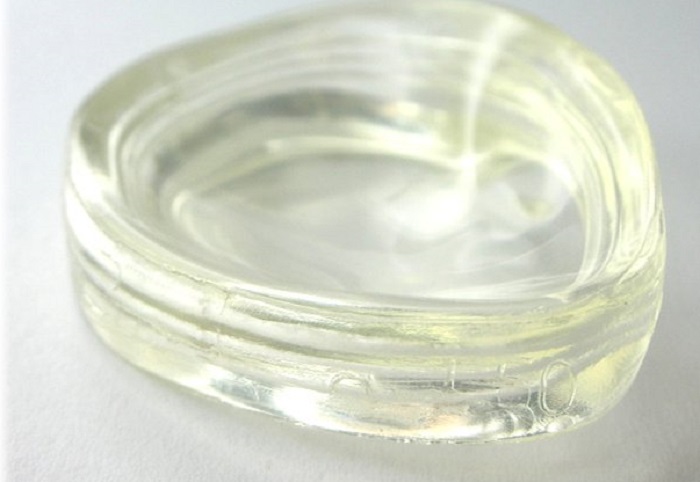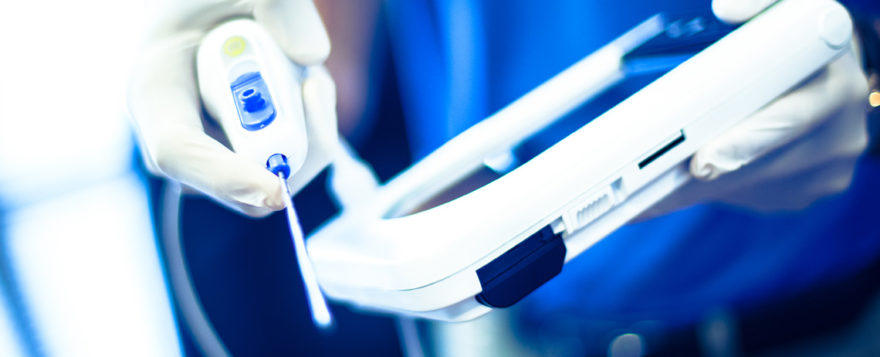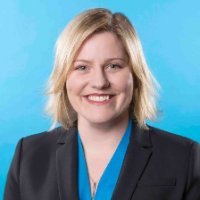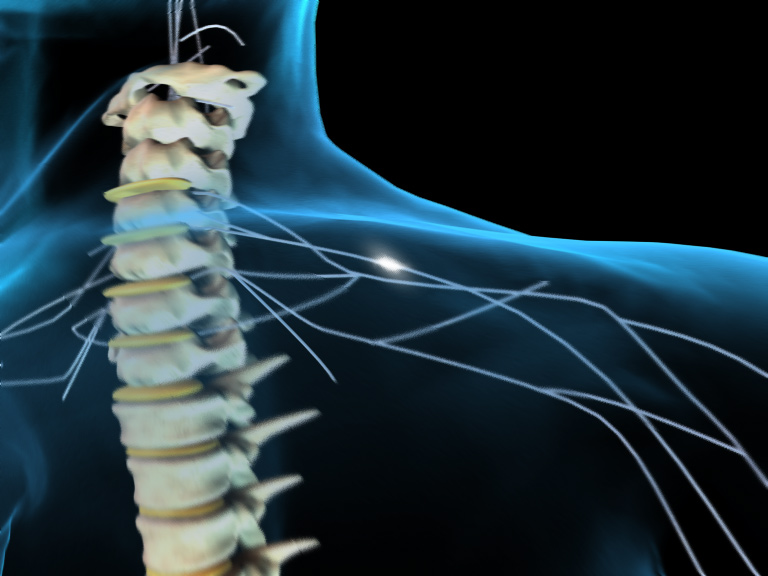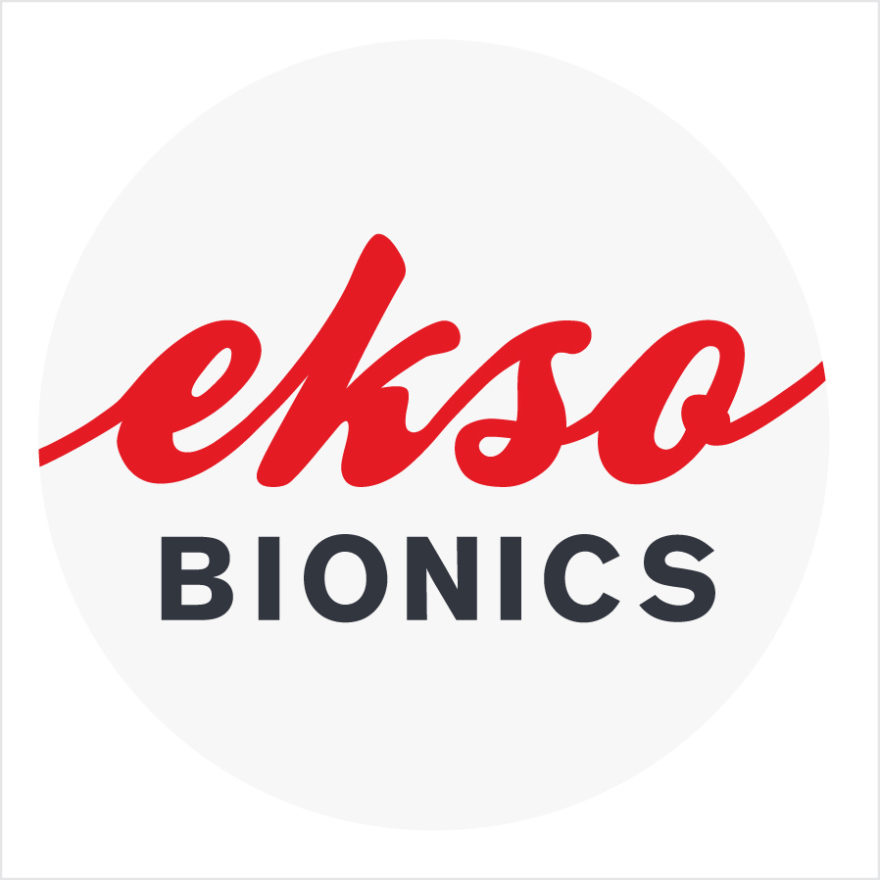ALBANY, N.Y.–(BUSINESS WIRE)–Capital Regional Orthopaedic Associates, an Albany-based orthopedic practice at The Bone and Joint Center, and Active Implants, a company that develops orthopedic implant solutions, today announced that the first meniscus replacement procedures in New York have been performed by Drs. Richard Alfred and Maxwell Alley. Capital Regional Orthopaedic Associates is just one of 10 sites nationwide enrolling patients with persistent knee pain caused by injured or deteriorated meniscus cartilage in the VENUS (Verification of the Effectiveness of the NUsurface® System) clinical trial, which is designed to assess the safety and effectiveness of the investigational NUsurface Meniscus Implant compared to non-surgical standard of care.
East Greenbush resident Tracy Cullum was the first patient to receive the implant in New York. Eight years ago, the 42-year-old and mother of two discovered she suffered a meniscus tear in her left knee after noticing a constant ache and inability to put any weight on her left side. Although she underwent a partial meniscectomy to treat the tear, her knee pain became progressively worse and resulted in a constant limp while walking. With her pain increasing in severity, Cullum went from working out seven days week to having to stop any exercise activities. As a part-time volunteer firefighter, she found it difficult to move any equipment, and her mobility was compromised when responding to an emergency scene.
“There are limited options for patients who experience persistent knee pain following meniscus surgery,” said Dr. Richard Alfred, orthopedic surgeon at Capital Region Orthopaedic Associates and VENUS study investigator. “It is our hope that the NUsurface implant alleviates pain in these patients, allowing them to return to their previous levels of activity, ultimately delaying or avoiding the need for a more invasive knee surgery.”
The meniscus is a tissue pad between the thigh and shin bones. Once it is damaged, the meniscus has a very limited ability to heal. Over 1 million partial meniscectomies (to remove the torn portion of the meniscus) are performed in the U.S. every year, more than the total number of hip and knee replacement surgeries combined. However, many patients still experience persistent knee pain following meniscus partial excision surgery.
It has been nearly three months since Cullum received the implant on July 6 through a small incision in her knee. She completed a six-week rehabilitation program, and she has now returned to daily leisure activities like hot yoga and her work as a volunteer firefighter.
“In the six months before receiving the NUsurface Meniscus Implant, my knee pain had peaked to where I had a constant dull ache and a limp while walking,” Cullum said. “Now my range of motion is improving, and I am ecstatic to be able to resume one of my favorite activities – volunteering together with my husband and children at our local fire department.”
The NUsurface Meniscus Implant has been used in Europe under CE Mark since 2008 and Israel since 2011.
About the Clinical Trial
As part of the process to gain regulatory approval in the U.S., the VENUS (Verification of the Effectiveness of the NUsurface® System) study will enroll approximately 130 patients at orthopedic centers in the U.S., Europe and Israel. Sites in the U.S. include Indiana (Indianapolis), Massachusetts (Boston), New York (Albany, Rochester and New York), North Carolina (Durham), Ohio (Columbus), Tennessee (Memphis) and Virginia (Richmond). Participants who meet study requirements and agree to enter the trial are randomized to receive either NUsurface or non-surgical treatment, which is the current standard of care for patients with persistent knee pain following meniscus surgery. To be eligible for the study, participants must be between the ages of 30 and 75 and have pain after medial meniscus surgery that was performed at least six months ago. To learn more about the VENUS study, please visit or call (844) 680-8951 or visitwww.meniscus-trial.com.
About the NUsurface® Meniscus Implant
In the U.S., the NUsurface® Meniscus Implant, from Active Implants LLC, is an investigational treatment for patients with persistent knee pain following medial meniscus surgery. NUsurface is made from medical grade plastic and, as a result of its unique materials, composite structure and design, does not require fixation to bone or soft tissue. The NUsurface device mimics the function of the natural meniscus and redistributes loads transmitted across the knee joint. It is inserted into the knee joint through a small incision, and patients typically can go home soon after the operation. After surgery, patients undergo a six-week rehabilitation program. NUsurface has been used clinically in Europe since 2008 and Israel since 2011.
About Capital Region Orthopaedic Associates
Capital Region Orthopaedics and their Board-Certified physicians specialize in all Orthopaedic services including: Knee and Hip (Adult Joint Reconstruction), Spine, Neck, Hand, Foot and Ankle, Shoulder and Sports Medicine. The physicians at Capital Region Orthopaedics are among the most experienced and highly trained surgeons in the region.
About Active Implants
Active Implants, LLC develops orthopedic implant solutions that complement the natural biomechanics of the musculoskeletal system, allowing patients to maintain or return to an active lifestyle. Active Implants is privately held with headquarters in Memphis, Tennessee. European offices are in Driebergen, The Netherlands, with R&D facilities in Netanya, Israel. For more information, visitwww.activeimplants.com.
CAUTION Investigational device. Limited by United States law to investigational use.
Note to Editors: Photos of Tracy Cullum are available upon request.

